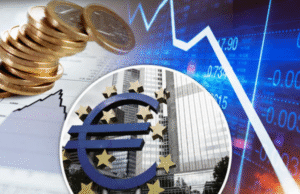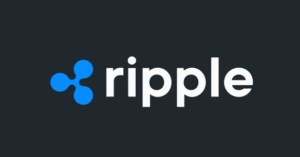$VWAGY $STLA $DMLRY
#AutoIndustry #EuropeanMarkets #StockMarket #EVTransition #SupplyChainCrisis #EconomicHeadwinds #AutomakerStocks #InflationImpact #GreenEnergy #EnergyCrisis #GlobalMarkets #InvestmentAnalysis
A perfect storm of challenges has swept across the European automotive sector this year, leaving the industry grappling with falling margins, supply chain disruptions, and dwindling consumer confidence. Major automakers such as Volkswagen, Stellantis, and Daimler have been caught in the crossfire of economic uncertainty, surging energy prices, and the race to transition toward electric vehicles (EVs). The result has been a volatile financial landscape, with many of these companies seeing their stock prices under pressure amidst weak demand and higher input costs. Analysts now believe the difficulties that defined 2023 are likely to persist, with few anticipating significant improvement by 2025.
One of the most significant drags on the sector has been the lingering supply chain issues that originally emerged in the wake of the pandemic and were subsequently exacerbated by geopolitical tensions and Russia’s invasion of Ukraine. These disruptions, especially in semiconductor production, have continued to choke automotive output across the region. Automakers were forced to prioritize high-margin models, but even this failed to offset costs linked to rising raw material prices and energy costs, both of which reached multi-year highs. As a result, profit margins have compressed, with the industry’s heavyweights experiencing year-on-year declines in both revenue and profitability. The persistent unpredictability in component supplies has also forced companies to maintain higher inventory levels, further straining cash flow and operating efficiencies.
On the consumer side, the equation has grown increasingly unfavorable. Inflation remains elevated across Europe, squeezing household budgets and discouraging discretionary spending. For many, purchasing new vehicles has become less of a priority, particularly against the backdrop of higher financing costs as central banks continue to signal restrictive monetary policies to tame inflation. Interest rate hikes from the European Central Bank have made auto loans more expensive, further denting demand. Compounding these issues is the regulatory push for decarbonization, which has accelerated the shift toward EV production. While this move toward sustainability is undoubtedly essential, the cost structure of EV manufacturing has proven to be a significant financial hurdle for many traditional automakers, who face fierce competition from agile EV-only players.
The challenges ahead are daunting, and the timeline for recovery is unlikely to be short. Despite ambitious government commitments to incentivize green energy solutions and bolster consumer spending, the European auto industry faces systemic obstacles that could continue to depress growth. Analysts warn that until global supply chains achieve stability and production costs are brought under control, the industry will struggle to regain its footing. Furthermore, persistent economic fragility across key markets is expected to weigh on consumer sentiment, making it even harder for automakers to achieve meaningful recovery by 2025. Amid this challenging backdrop, investors remain cautious, with recent data showing reduced inflows into European automaker stocks as sentiment weakens.







Comments are closed.